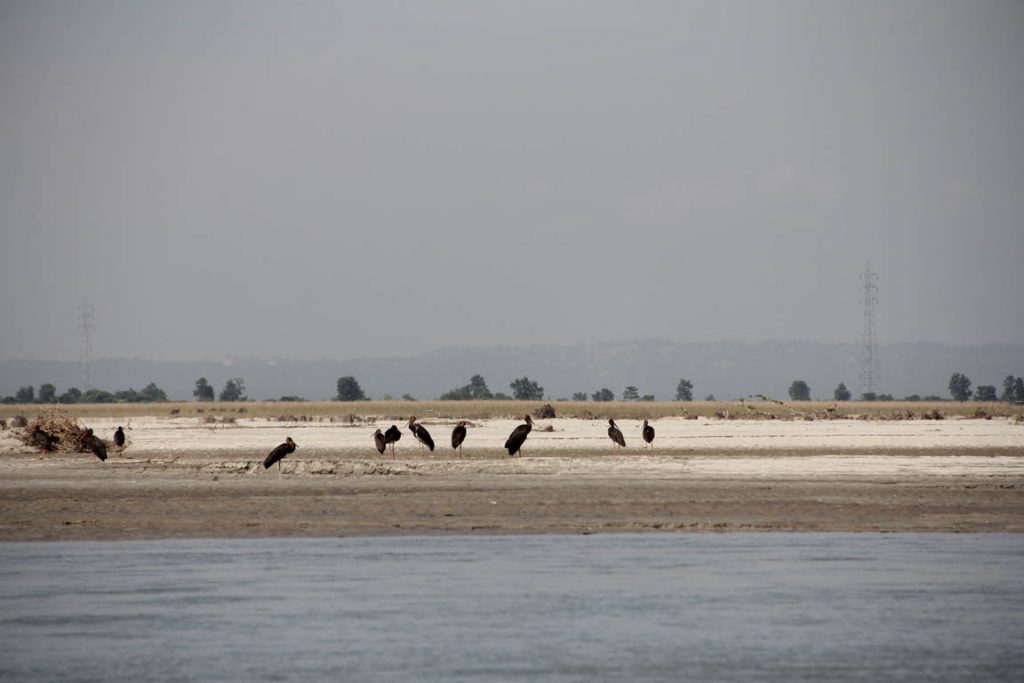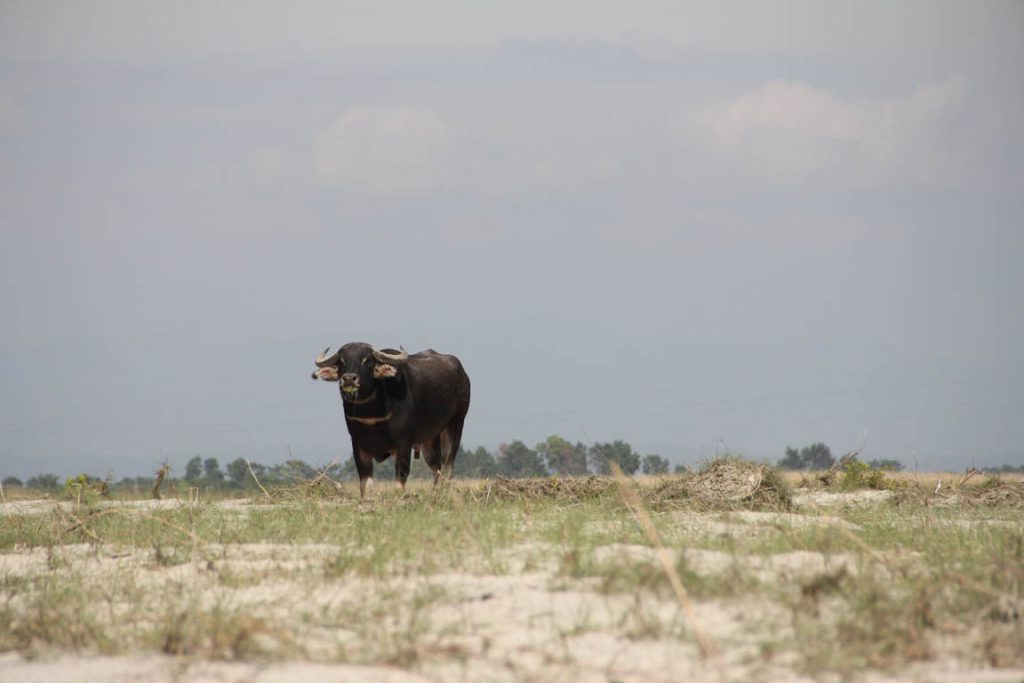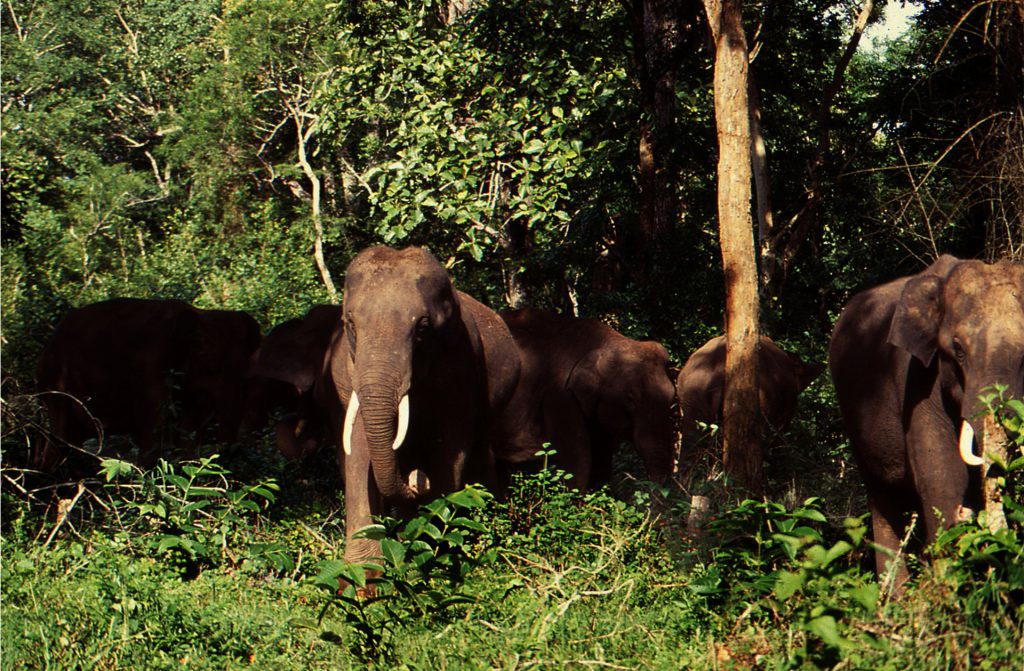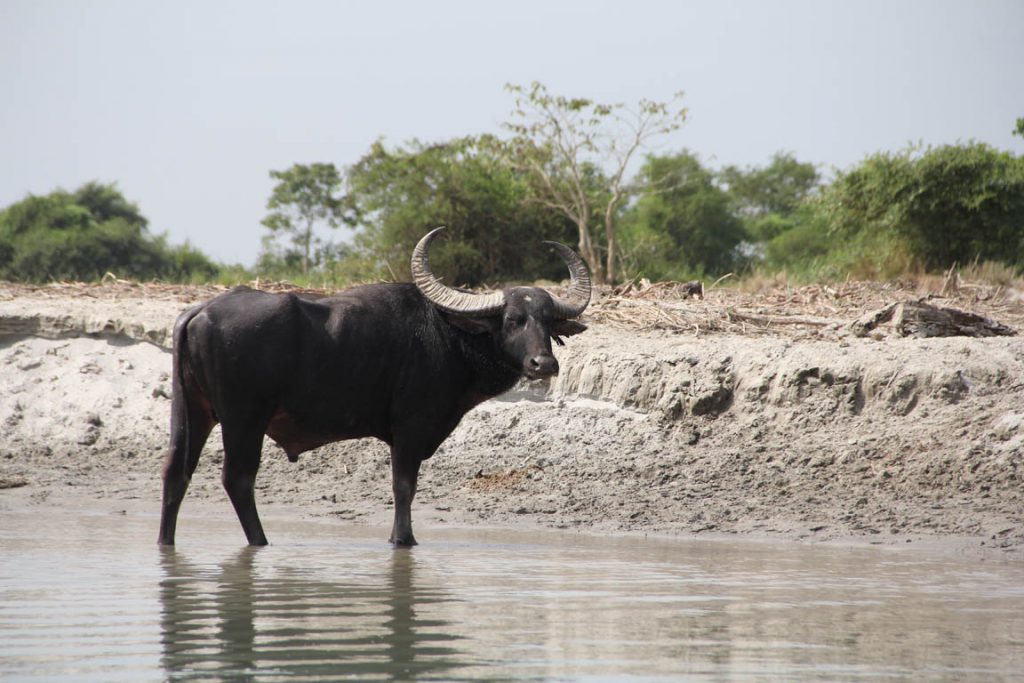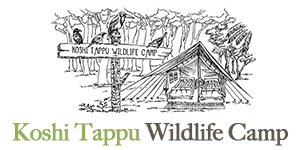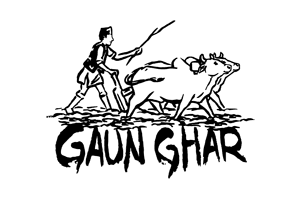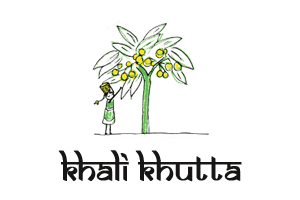Koshi Tappu Wildlife Reserve was established in 1976 to conserve the last remaining population of Wild Water Buffalo (Bubalus arnee), locally known as Arna. It lies on the floodplain of Sapta Koshi river incorporating Sunsari, Saptari and Udayapur districts of eastern Terai region. It is the only wildlife reserve in Nepal covering an area of 175 km2. The eastern and western afflux bunds of the Sapta Koshi River define the area of the reserve. Koshi Tappu was declared as first Ramsar site of Nepal in December 17, 1987 to achieve conservation and sustainable use of its wetlands.
In 2004, an area of 173 km2 surrounding the reserve (4 municipalities and 1 rural municipalities of Sunsari, Saptari and Udaypur districts) was declared as buffer zone. The reserve management and local people jointly initiated community development, conservation activities and manage the natural resources in the buffer zone. The National Parks and Wildlife Conservation Act 1973 has made a provision of allocating 30- 50 percent of the reserve’s revenue for the community development and conservation of the buffer zone.
Flora and Fauna
The existing vegetation consists of diverse physiognomic types such as submerged and floating aquatic plants, tallreed stands, seasonally flooded grassland/ savannah and structurally complex forest communities in various conditions of spatial arrangements. Among 514 species of plants, Dalbergia sissoo, Bombyx ceiba, Saccharum spp, Phragmites spp., Typha spp., Imperata spp., Valisneria spp., Eichornia spp., Hydrilla spp., Azolla spp., Nelumbo spp. are common species found in the wetlands. Six species of plants found in this area, Rauwolfia serpentina, Alstonia scholoris, Oroxylum indicum, Acacia catechu, Butea monosperma and Dalbergia latifolia, are listed in the different threatened categories and appendices of IUCN and CITES respectively.
Bubalus arnee (Wild Water Buffalo, locally called Arna), Elephus maximus (Wild Elephant), and Platanista gangetica (Dolphin) are the main protected species of KTWR. The Wild Water Buffalo, prominent species of KTWR, has increased from 63 in 1976 to 441 in 2018. Among other mammals, the wild boar (Sus scrofa), hog deer (Axis porcinus), spotted deer (Axis axis), fishing cat (Felis viverrina), jungle cat (F. chaus), indian fox (Vulpes bengalensis) and the jackal (Canis aureus) are common. Among 527 species of birds, notable birds recorded in the site include Gallicrex cinerea, Caprimulgus asiaticus, Bubo coromandus, Coracina melanoptera, Saxicola leucura and Megalurus palustris. Rufous vented prinia (Prinia burnesii nepalensis) is the bird that is recorded only with in the boundry of KTWR. It is the area in Nepal where water cock, (Gallicrex cinerea) and Abbott's babbler are found. Out of these 526 species of birds, 12 species are globally threatened and 101 species are nationally threatened.
